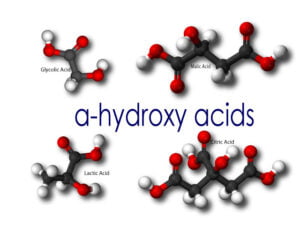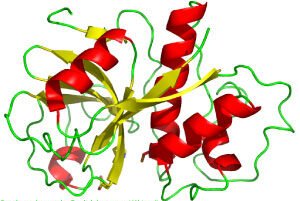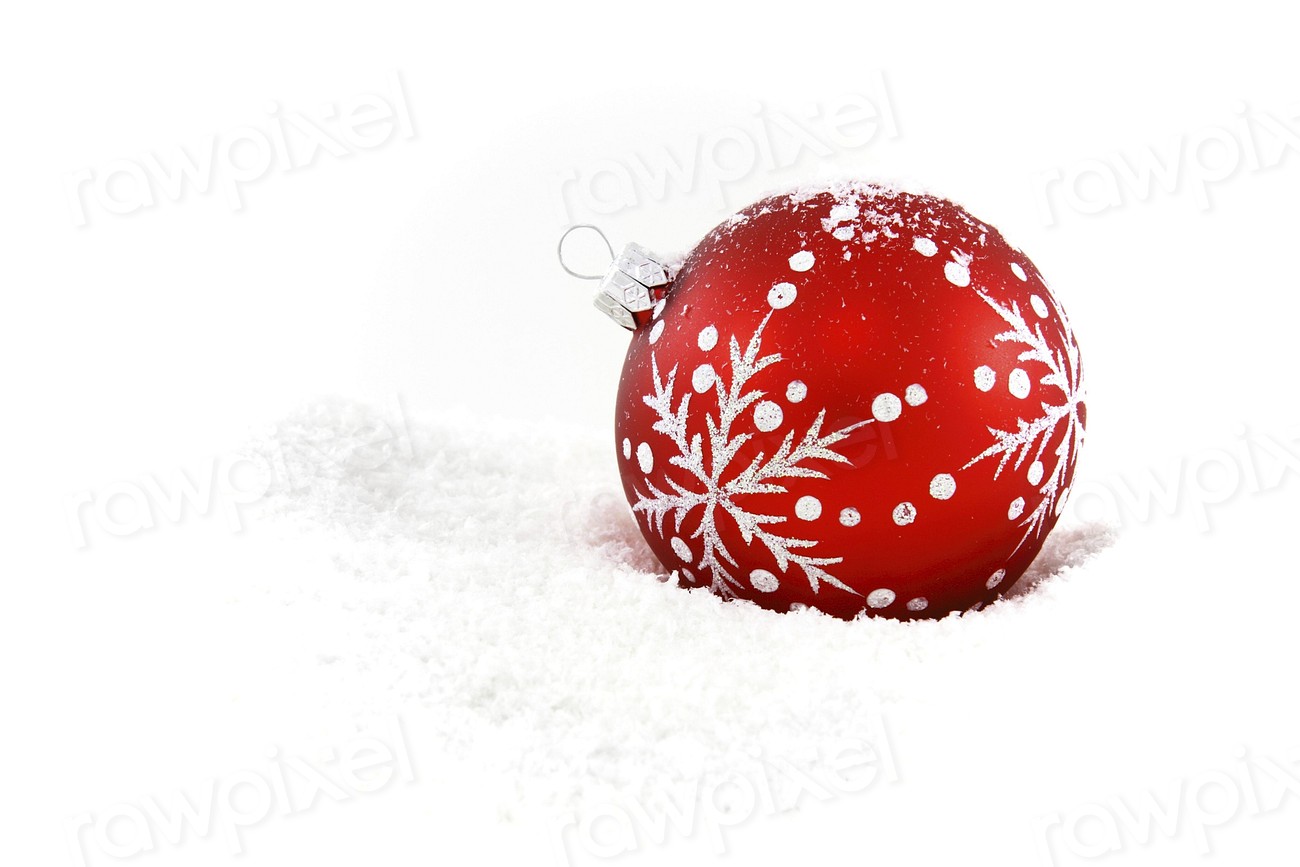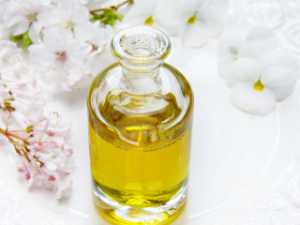There are many methods of achieving skin renewal (exfoliation) in order to get back that youthful glow to the skin’s surface. Some skincare products use chemicals, some are physical and some are enzymatic (proteolitic enzymes that consume dead skin) exfoliants.
Physical
The simplest exfoliant is physical. The physical method uses abrasives. They can be quite aggressive and may leave some scarring from using these abrasive materials (such as crushed outer nut shells walnut/almond / coconut) to scrub off the dead outer layer. Admittedly this is a relatively cheap and effective way of bringing back a shinier skin but in some cases there are repercussions from using abrasives, namely soreness and redness of the skin (acne skin should never use this method). These may take several days to settle down and heal before the full effects can be seen.
Chemical
The chemical method is a much more aggressive type of exfoliation. Chemical exfoliants which are used in the cosmetic and skincare field are known as Alpha Hydroxy Acids (AHA) and Beta Hydroxy Acids (BHA). These chemicals are organic acids compared to mineral acids and are used in a relative high concentration direct on the skin. Examples include products such as such as Glycolic acid, Kojic acid, Retinoic acid (vitamin A), Lactic acid, Malic and Citric acid.

These chemicals act like any acid does; except that they are potentially more destructive than mineral acids (sulphuric, or hydrochloric acids) which can cause severe burns, but can be neutralised before any great damage is done.
The AHAs have a strong liking for the proteins in the skin which contain a high level of amino end groups and are active from those points by dissolving cell bonds and thus cause breakdown of the skin integrity. This breakdown can result in the potential exposure of the melanin sites in the skin. When these melanin sites are exposed; unsightly brown colour stains or blotches can appear on the skin.
When these acids have bonded to the amino groups the “neutralisation” of these products is very difficult even dilution is very difficult. What then happens is that they begin to react indiscriminately with all of the available skin, be it dead or live. Unfortunately the reaction continues until the acid is all “used up”. So they are deemed unstoppable. Hence lower concentrations are seen as more favourable in cosmetic applications.
The role of the acid is to “exfoliate” the outer layer of the skin and force the skin to repair itself by producing a fresh layer. If this process is performed often then eventually there is no more skin regeneration available and hence unable to properly cover the capillaries in the outer layer of skin.
Asian skin is much finer than European type and so are often more significantly affected by these acids (brown stains). The capillary blood vessels help in the maintenance of body temperature. When the body gets hot, blood flows through these fine blood vessels and are able to cool the blood by natural radiation and {tip content=”Very much like what the radiator does for the car in order to maintain a certain motor temperature.”}dispersion of heat{/tip}.
When these capillaries are exposed and skin over this is removed or thinned , then the blood can clearly seen to course through them, giving the appearance that the person is blushing or getting a hot flushes and cannot retreat easily to normal until the person returns to a cool environment and their body temperature cools down.
In 1997, {tip content=”the Cosmetic Ingredient Review panel”}CIR{/tip} –the cosmetic industry’s self-regulatory body for reviewing and addressing safety of cosmetic ingredients–concluded that the AHA’s glycolic acid and lactic acid and their related chemical compounds are safe for use in products intended for consumer use when:
- the AHA concentration is 10 percent or less
- the final product has a pH of 3.5 or greater (lower numbers indicate greater acidity)
- the final product is formulated in such a way that it protects the skin from increased sun sensitivity or its package directions tell consumers to use sunscreen products.
Enzymes
There is an alternative to the physical and chemical exfoliants. These alternatives are specialty ingredients called “proteolitic enzymes” and are significantly more selective with what is being broken down.
One still needs to be careful which enzyme to use; as some enzymes can be rather aggressive, such as the pineapple enzymes, which are very acidic in nature.
Whilst enzymes take a little longer to achieve the desired results than the chemical and physical methods there are much less harmful side effects than any of the other methods listed above. Another regularly used product is Papain which is a non-irritating stabilised acid-free exfoliant which operates in the pH range of 6 to 7. Papain is a natural enzyme derived from the unripe papaya. The enzyme only digests certain linkages in the skin causing no damage to the underlying living cell layer (Proteolitic enzyme). People with sensitive skin can easily tolerate papain enzyme therapy whereas they may not handle the irritation often associated with AHAs , Retinoids and to a lesser extent BHAs in water based creams and gels.
Another regularly used product is Papain which is a non-irritating stabilised acid-free exfoliant which operates in the pH range of 6 to 7. Papain is a natural enzyme derived from the unripe papaya. The enzyme only digests certain linkages in the skin causing no damage to the underlying living cell layer (Proteolitic enzyme). People with sensitive skin can easily tolerate papain enzyme therapy whereas they may not handle the irritation often associated with AHAs , Retinoids and to a lesser extent BHAs in water based creams and gels.
We are currently adding more and more peptides to our actives listings and will be updating more on these products.



